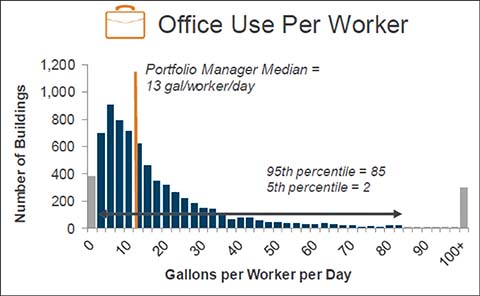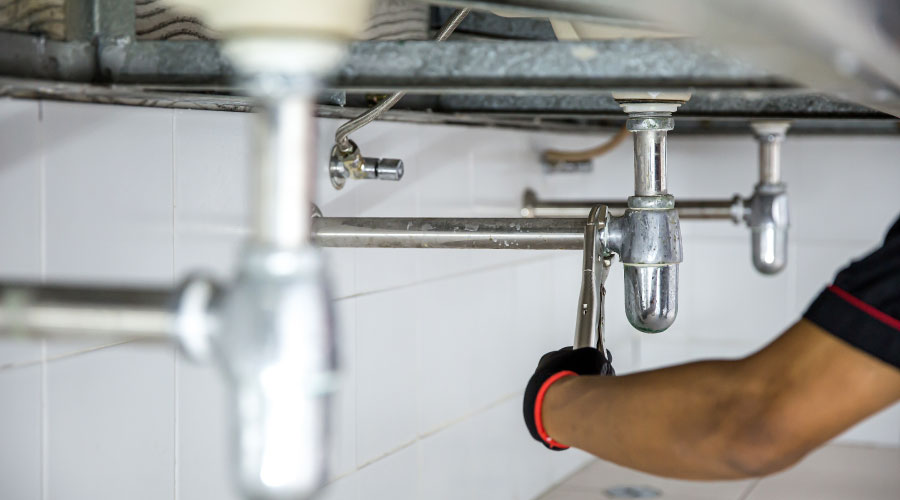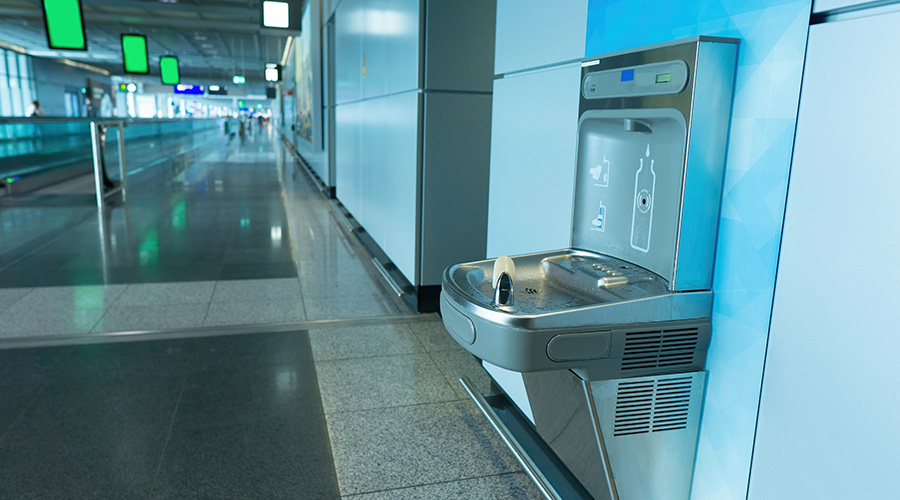Measurement, Benchmarking Of Water Use Can Help Drive Efficiency
Facility managers and engineers may remember the clamor 20 to 30 years ago to benchmark and develop guidelines on energy use by building type. Electricity meters were installed on individual tenants in commercial properties. These efforts have served energy efficiency efforts well in both tracking changes in overall energy efficiency and helping facility managers determine how they compare to similar nearby buildings with respect to energy use. At the same time, submetering of energy use and the development of energy management systems became commonplace. The result has been the development of tools, best management practices, and databases to help facility managers become more energy efficient.
Trend Toward Submetering
Water is a decade or two behind in these efforts, but is catching up fast. One of the best examples is New York City's requirement to use EPA's portfolio manager to benchmark both energy and water use for commercial properties of 50,000 square feet or more. Cities across the nation are conducting studies of water use by specific commercial sectors and national efforts by water utility organizations are looking at benchmarking of use by type of facility. At the same time, LEED, new national plumbing codes, new building standards and many local jurisdictions are requiring submetering of water use.
Green codes are requiring that newly permitted cooling tower and irrigation use be submetered, and that each building on a property be metered. For larger facilities such as malls, the move is to submeter larger water using operations such as restaurants, laundries, medical offices, etc. The definite trend is towards metering water use for each major tenant, just like electric metering.
Simply put, the era of cheap water and wastewater services is over. Based on a survey by Black and Veatch, combined water and sewer cost in the top 50 cities across the nation cost $9.48 per thousand gallons — about one cent a gallon, more than double the cost in 2000. That is an inflation rate of more than 5.5 percent.
In fact, water and sewer rates are going up faster than oil and more than 2.5 times faster than electricity. The need to replace aging infrastructure, increasing demands as populations grow, limited resources, and more stringent water quality standards are contributing to this. All signs are that the rapid increase in rates is not slowing down. The bottom line is that facility managers must begin to think of water in the same way they think of energy.
Bill Hoffman, senior technical advisor for Water Management, Inc., has more than 40 years of water conservation and water resource planning experience. He has been involved in the development of water conservation legislation and in the development of new rating tools for both the U.S. Green Building Council's LEED program and Green Globes. Hoffman can be reached at billhoffmantx@earthlink.net.

Related Topics:














